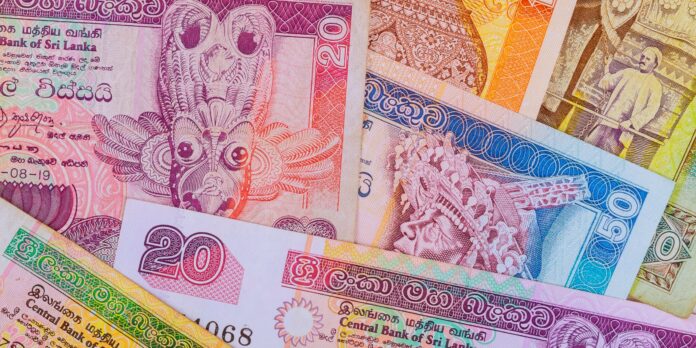Sri Lanka’s newly amended Central Bank Act has sparked heated debates across the country’s economic and political circles. On paper, the legislation promises to bring much-needed independence to monetary policy decisions. But many are asking whether this is genuine reform or simply another box being ticked to satisfy IMF conditions. The truth, as always, lies somewhere in between.
For decades, Sri Lanka’s Central Bank operated under significant political pressure. Governments routinely leaned on the institution to print money, keep interest rates artificially low, and finance budget deficits. These practices contributed directly to the economic crisis of 2022, when years of monetary mismanagement culminated in runaway inflation and a devastating currency collapse. The new Act aims to prevent such disasters by creating clear
firewalls between politicians and monetary policymakers.
At its core, the legislation prohibits the Central Bank from directly financing government spending. This single change could be transformative, breaking the dangerous habit of solving budget shortfalls by printing money. The Act also establishes clearer mandates for price stability and formalizes the bank’s independence in setting interest rates. These are textbook reforms that economists have long recommended for developing nations.
But the law’s IMF origins have made it controversial. Critics argue it represents a loss of national sovereignty, with key economic decisions being outsourced to foreign technocrats. There’s some truth to this – the Act was indeed a prerequisite for continued IMF support.
However, this critique overlooks how previous governments abused monetary policy for short-term political gain. The real question isn’t whether the IMF suggested these reforms, but whether they’re actually good for Sri Lanka.

The early results have been promising. Under Governor Nandalal Weerasinghe’s leadership, inflation has fallen from its 2022 peak of nearly 70% to single digits. The rupee has stabilized, and foreign reserves have begun rebuilding. These improvements suggest that when central bankers are allowed to do their jobs without political interference, they can achieve meaningful results.
Yet challenges remain. Complete central bank independence is somewhat illusory in a small, crisis-prone economy like Sri Lanka’s. Monetary policy must still coordinate with fiscal policy to be effective. There are also concerns about accountability – if the Central Bank is truly independent, who ensures it serves the public interest rather than financial elites?
Perhaps most importantly, monetary reform alone cannot solve Sri Lanka’s economic problems. Without parallel progress on fighting corruption, improving tax collection, and restructuring state enterprises, even the most independent central bank will struggle to maintain stability. The new Act is an important step, but only one of many needed to rebuild trust in Sri Lanka’s economic institutions.
As ordinary Sri Lankans continue grappling with high prices and stagnant wages, they’re watching these changes with cautious hope. They remember all too well what happens when monetary policy becomes a political plaything. The test of this reform won’t be in IMF reports or technical assessments, but in whether it leads to tangible improvements in people’s lives – putting food on tables, keeping businesses open, and restoring faith in the country’s
economic future.
The Central Bank’s new independence represents both an opportunity and a responsibility. If used wisely, it could help prevent future crises. But if treated as just another compliance exercise, it risks becoming another missed opportunity in Sri Lanka’s long history of economic mismanagement. The coming months will reveal whether this is genuine reform or just another layer of bureaucracy in a system that desperately needs fundamental change.




